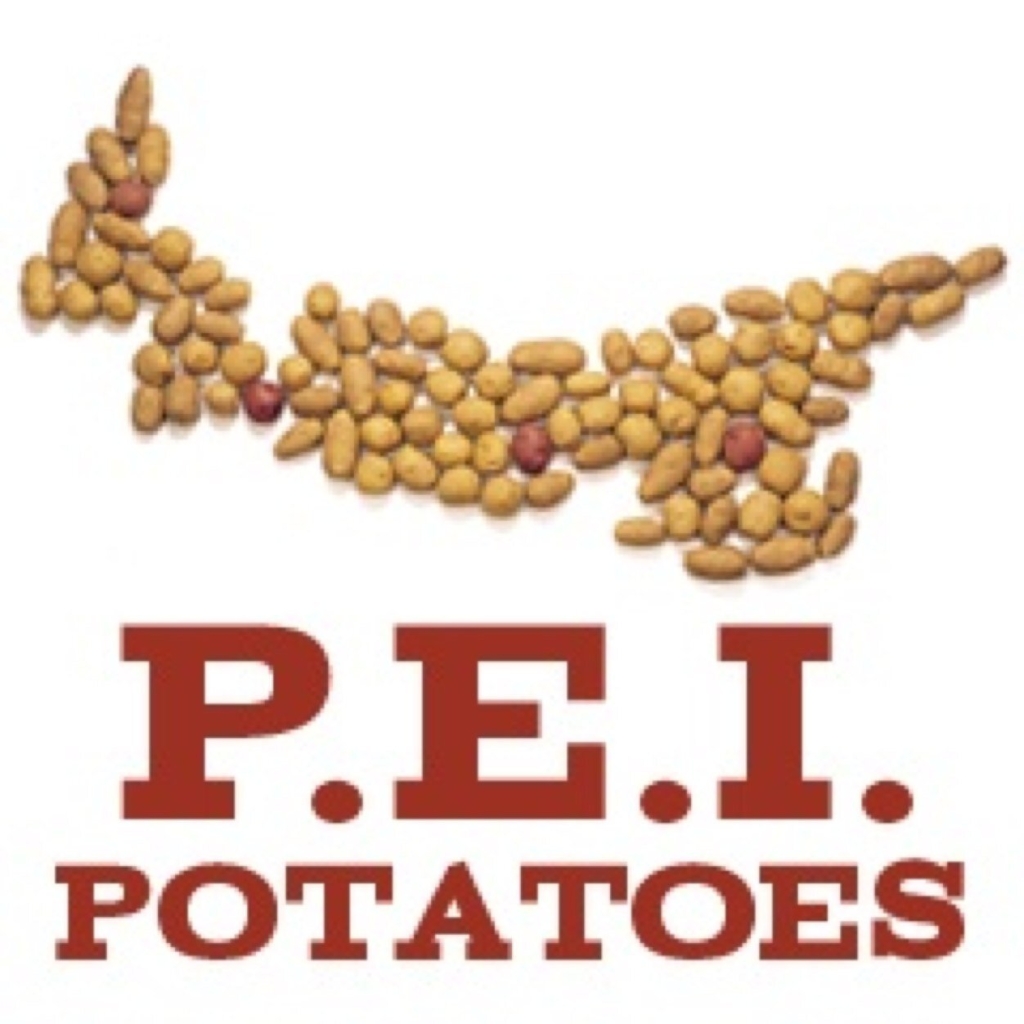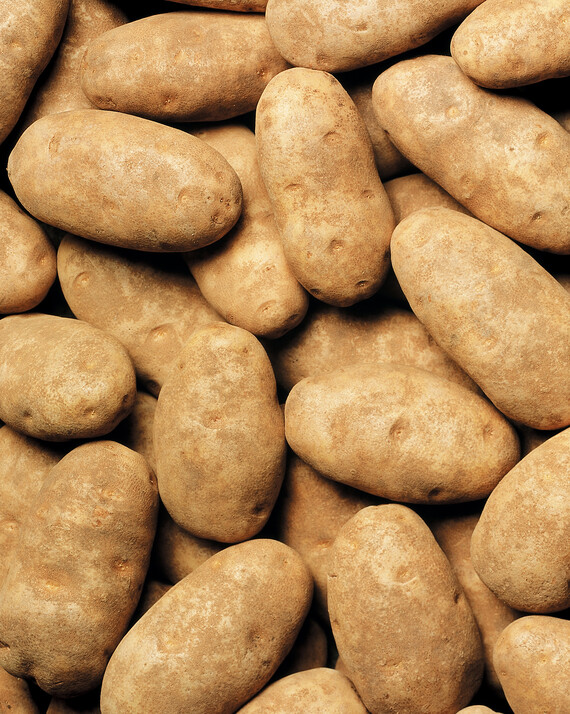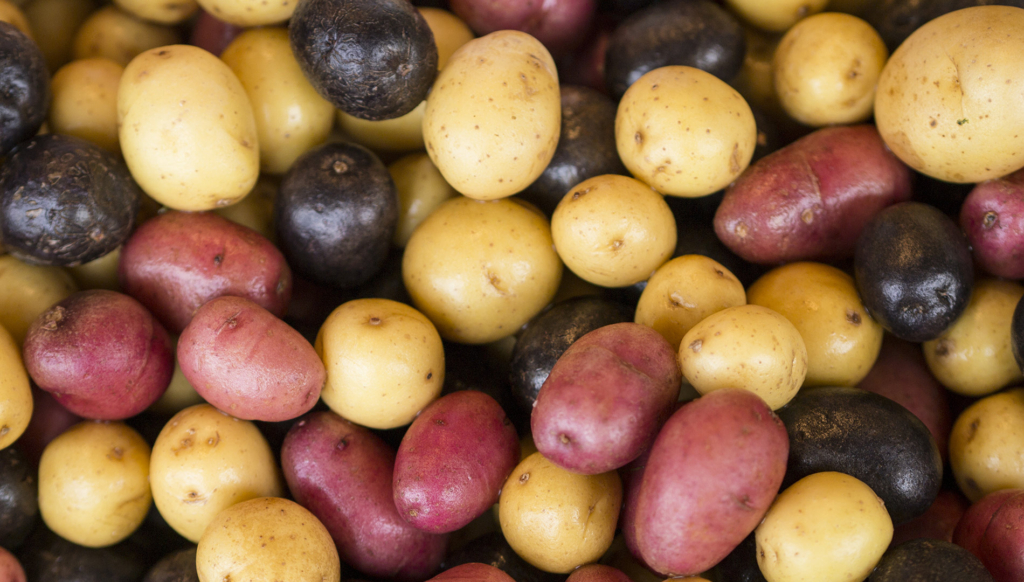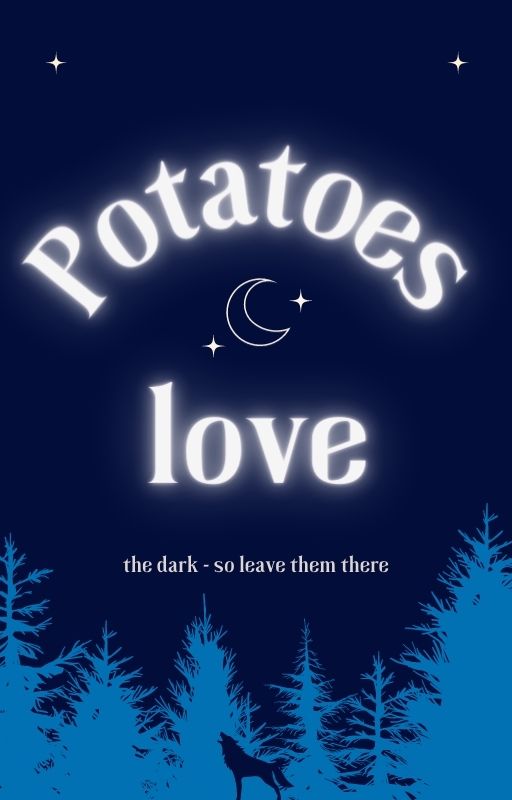If you do a google search about the history of potatoes, some will list that it originated from Peru and was brought to Europe. What I found really interesting though, was that potatoes are the world’s fourth most important crop after rice, wheat and maize according to www.BBC.com Travel March 2020 article.
Prince Edward Island is the largest producer in Canada. The province has been growing potato crops for over 200 years. Idaho is the largest producer of potatoes in the USA.
Image Courtesy of @PEIPotatoes from Twitter.

A gentleman named Luther Burbank planted 23 seeds from an Early Rose parent plan according to Idaho’s Potato Museum. The Idaho potato industry didn’t flourish until the Russet Burbank variety was developed according to www.potatogoodness.com. More recently, in October 1995, the potato was the first vegetable to ever be grown in space.
Image Courtesy of the Idaho Potato Commission.

Potato Categories and Varieties
Generally, potatoes are broken down into 3 basic groupings or categories – a) starchy, b) waxy and c) medium or all-purpose (meaning more starch or floury versus those with less starch and more waxy and firm). Of these three categories, you can then have Russet, red, white, yellow, purple, fingerling, petite and heritage potato types. These are the most common ones that I have found at my local grocery stores. However, there are about 200 types of potatoes as a whole worldwide.
Image Courtesy of Potato Growers of Alberta.

Storing Potatoes – Does and Don’ts
Do – The best places to store potatoes are in dark cool places. Some suggest it should be a well-ventilated area with temperatures between 7-10’C or 45-50’F.
Don’t – When it’s too warm, the potatoes will sprout, shrivel, and lose nutrients and moisture. This means that the kitchen cupboard is generally too warm.
Do – We store our potatoes in the cold room of our house.
Don’t – I’ve never stored them close to onions, but I’ve been told if you do, it will speed up deterioration on both items. It’s due to the release of ethylene gas. Other items such as apples, tomatoes, bananas and flowers also release this type of gas.
Do – So, it’s best to keep the potatoes by themselves.
Do – Potatoes need to breathe – only store them in a heavy paper bag to protect them from the light.
Don’t – I’ve had the misfortunate of leaving them in a plastic bag once – Ewww, slimy and mushy. They went bad. Gross and a waste of money!!
Don’t – There’s also no need to prewash potatoes before storing them away.

Solanine
If potatoes go green, it’s time to carefully inspect them. Potatoes go green when they’re not stored properly and have been exposed to light. The light causes the potato to produce chlorophyll and Solanine which is a toxin. This toxin cannot be removed by boiling. If the potato tastes bitter, don’t eat them. It’s time to throw them in the compost.
One my all time favorite recipes that uses potatoes, is a really simple Shepherd’s Pie. It’s quite east and can be adjusted to suit any family’s tastes and needs. For the Shepherd’s Pie recipe, please click here.
Slightly Petite, Wendy






[…] If you’re not sure about the use of green potatoes or the condition of your potatoes, please read this blog post by clicking here. […]